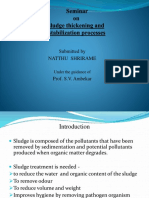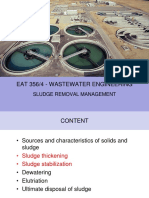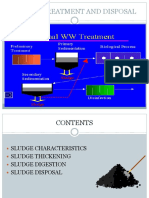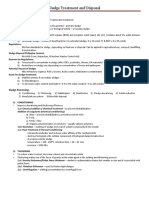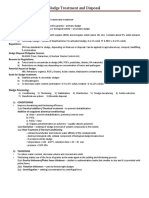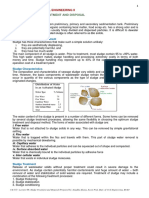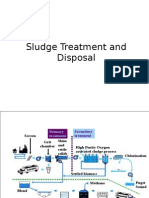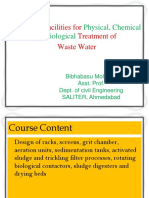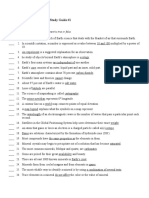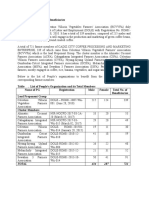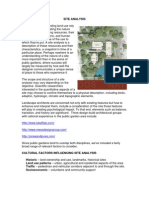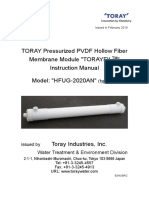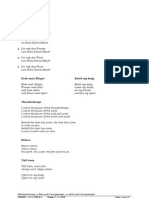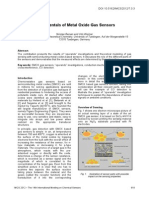0% found this document useful (0 votes)
26 views19 pagesChapter 5
Chapter 5 discusses sludge treatment in wastewater management, defining sludge and its sources, including grit, primary, and secondary sludge. It outlines the treatment process aimed at converting sludge into an inert solid for safe disposal or reuse, detailing steps such as thickening, stabilization, and dewatering. Additionally, it explains methods for sludge thickening and conditioning, including gravity, flotation, and mechanical techniques, along with design criteria for gravity thickeners.
Uploaded by
fnqeirahCopyright
© © All Rights Reserved
We take content rights seriously. If you suspect this is your content, claim it here.
Available Formats
Download as PDF, TXT or read online on Scribd
0% found this document useful (0 votes)
26 views19 pagesChapter 5
Chapter 5 discusses sludge treatment in wastewater management, defining sludge and its sources, including grit, primary, and secondary sludge. It outlines the treatment process aimed at converting sludge into an inert solid for safe disposal or reuse, detailing steps such as thickening, stabilization, and dewatering. Additionally, it explains methods for sludge thickening and conditioning, including gravity, flotation, and mechanical techniques, along with design criteria for gravity thickeners.
Uploaded by
fnqeirahCopyright
© © All Rights Reserved
We take content rights seriously. If you suspect this is your content, claim it here.
Available Formats
Download as PDF, TXT or read online on Scribd
/ 19


